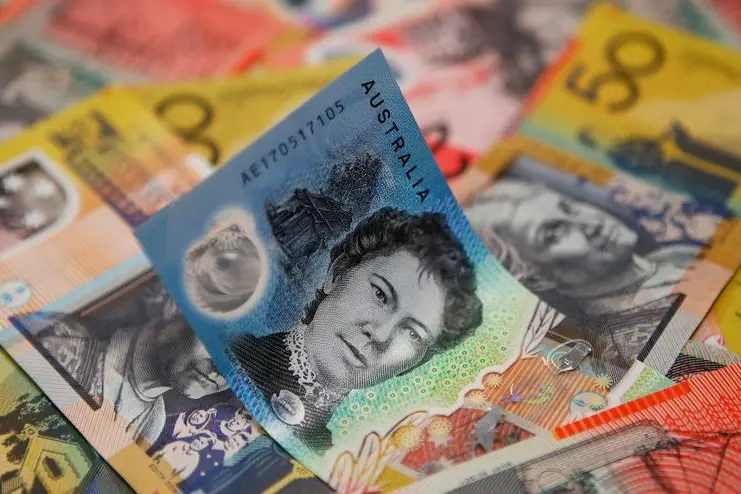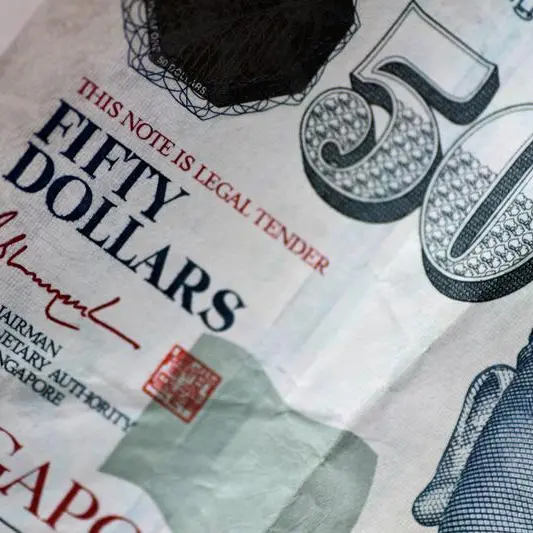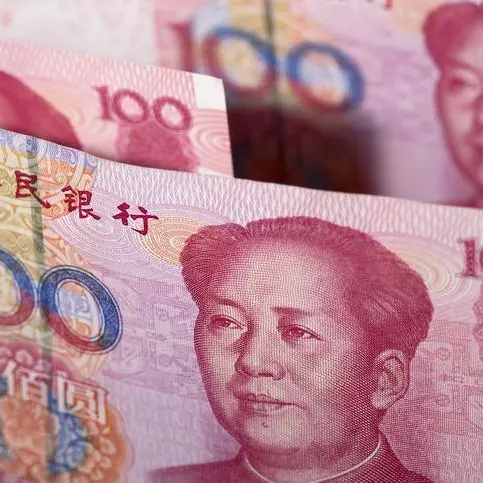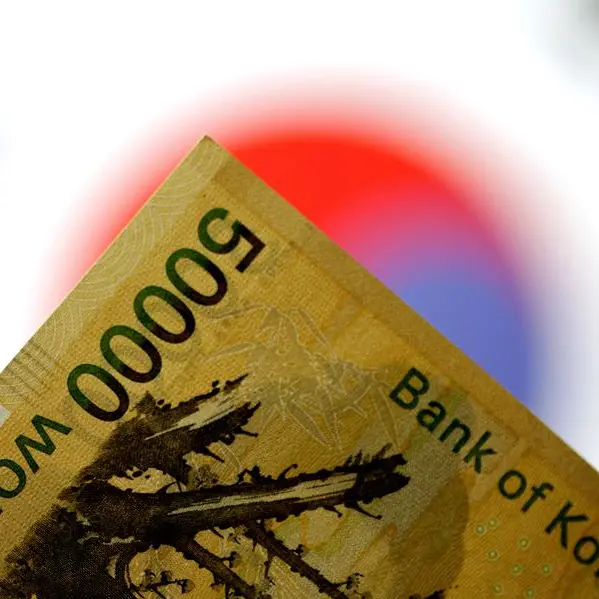PHOTO
The Australian and New Zealand dollars found some solace on Monday as Chinese markets returned from a long holiday with modest gains, although fading chances for early rate cuts globally will weigh in the months ahead.
Volumes in the foreign exchange were subdued through the day thanks to the Presidents' Day holiday in the U.S.
The Aussie hit a two-week high of $0.6551, having finished last week little changed. It did manage to bounce from a three-month low of $0.6443 in a bullish signal and resistance now lies at the 200-day moving average of $0.6567.
The kiwi dollar was 0.3% higher at $0.6140, the highest in one week. It fell 0.4% last week, with support around $0.6050 and resistance at $0.6150/60.
The two ended Friday higher as the U.S. dollar gave back some gains from a hotter-than-expected producer price inflation report, even though U.S. yields have climbed.
The return of Chinese markets from holiday with muted gains helped steady sentiment. The country's central bank skipped a chance to cut rates again on Sunday, which will likely limit downward pressure on the yuan.
"Perhaps undermining the U.S. dollar's safe haven appeal are some glimmers of optimism over China’s economy," said Sean Callow, a senior currency strategist at Westpac.
"There is also an expectation that Chinese equities can resume the rally... Whether longstanding global investor pessimism on China’s economy changes much remains to be seen," said Callow.
Looking ahead, the key risk for investors is Australia's wage data on Wednesday. Economists expect quarterly gains in wages likely slowed to 0.9% last quarter from 1.3%.
Futures imply 36 basis points of cuts from the Reserve Bank of Australia this year, with the chance for an August cut at 70%.
The RBA will also publish the minutes of the February policy meeting on Tuesday. (Reporting by Stella Qiu; Editing by Kim Coghill)























